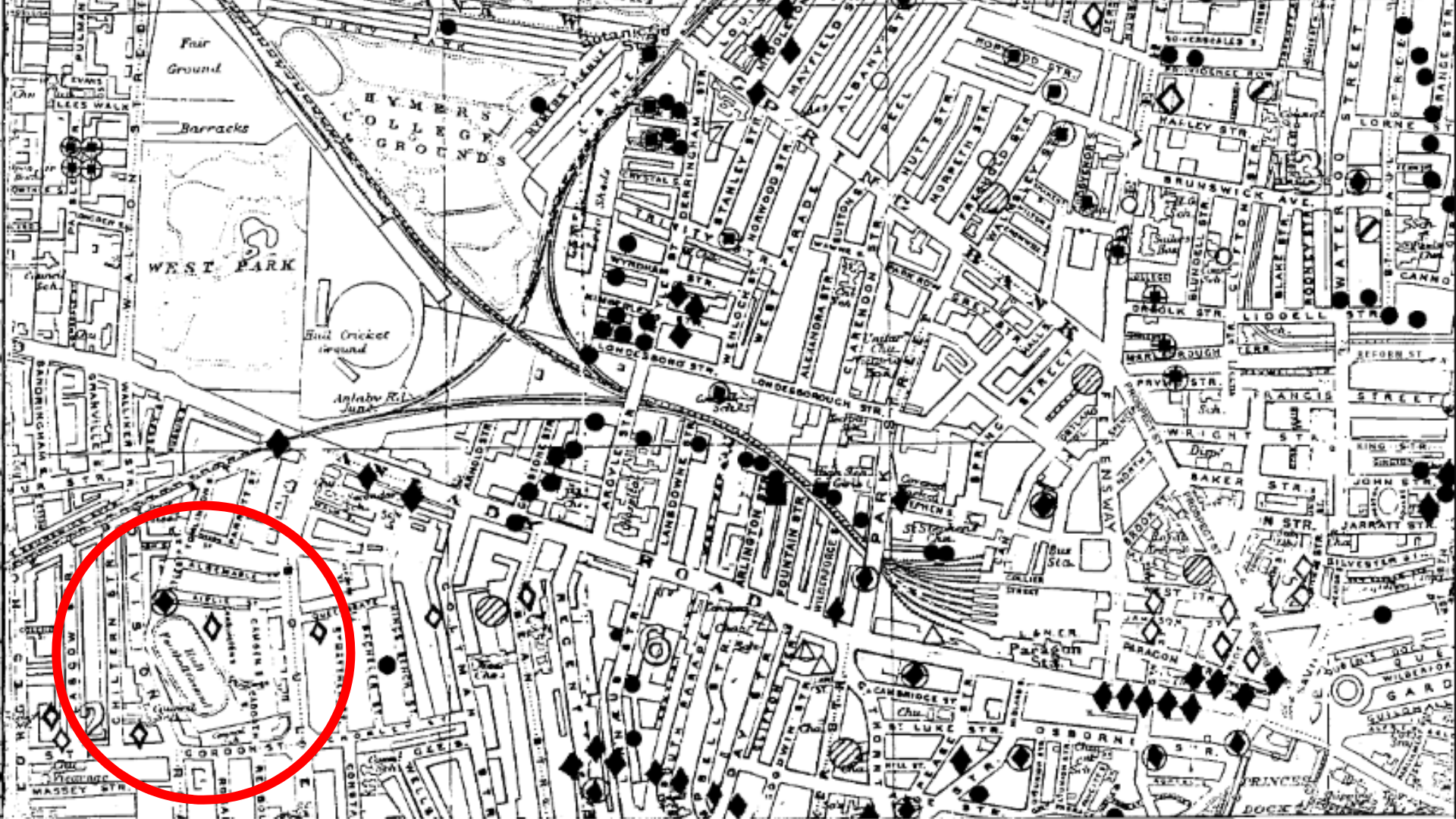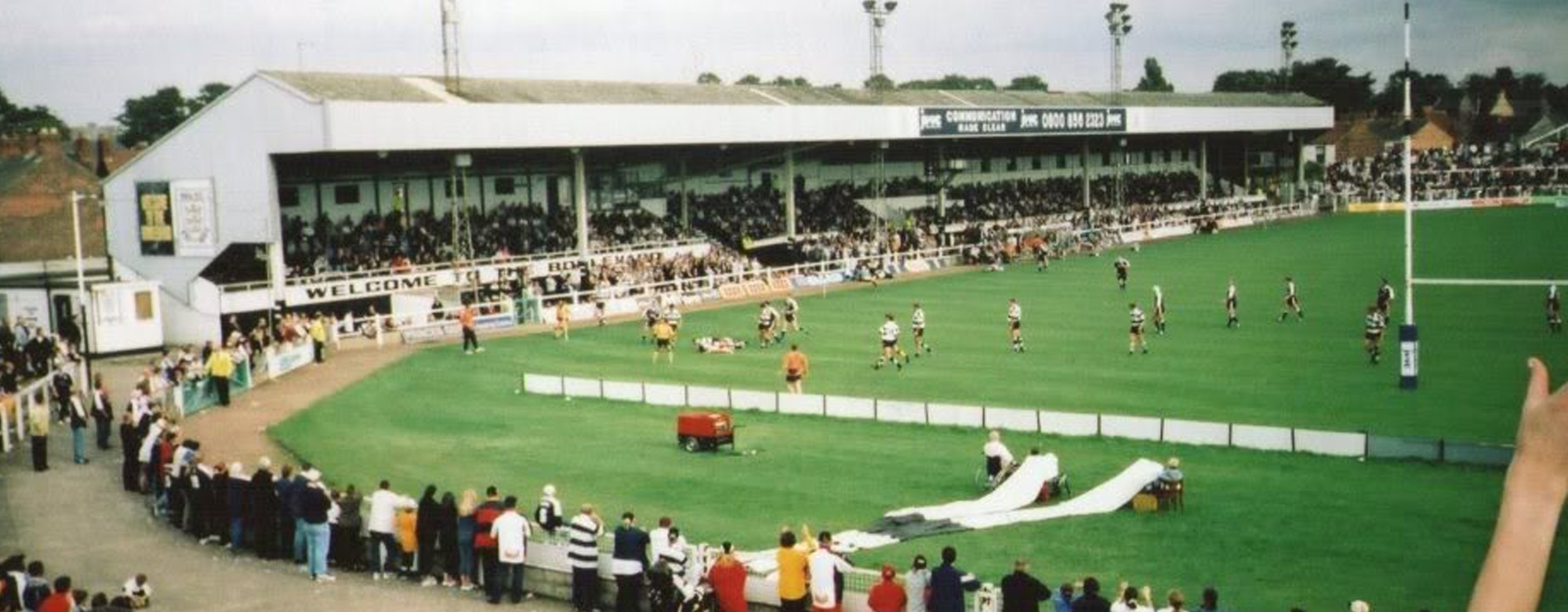On the 75th anniversary of VE Day, Club Historian Bill Dalton discusses the bombing of The Boulevard during World War Two.
Despite the ongoing tensions between Britain and Germany in the War, in true rugby league spirit, Hull FC continued playing competitively along with a host of other clubs in Yorkshire and Lancashire.
Naturally though, the fact that the city was a major port at the time, Hull was an obvious target for the German Luftwaffe. The Boulevard, of course, was close to the docks and the railway system so it became a victim to Hitler’s bombs a couple of times during the Blitz as the area was also peppered with landmines.
The first bomb to land in the vicinity of The Boulevard was a parachute mine. Designed to be dropped from an aircraft via parachute, these bombs exploded at roof-level to maximise the devastation.
Parachute mines were capable of destroying a whole street of houses within a 100 metre radius, whilst it could also shatter glass up to a mile away. However, in this instance The Boulevard wasn’t affected as badly as it could have been.

Another highly explosive bomb that hit The Boulevard was the SC 250, one of the more commonly used bombs during World War Two. These were deployed extensively during the Blitz.
Landmines were also deployed at The Boulevard, but still, the flag kept flying high above Hull’s home.
As far as the game itself was concerned, Hull managed to fulfil all of their fixtures throughout the wartime seasons. The few games not played were due to opponent’s inability to raise a team or for travel difficulties.
However, it wasn’t solely The Boulevard that was targeted by Hitler’s bombs. The entire city was destroyed. Hull was the most severely damaged city across Britain during World War Two as 95% of houses were affected.
Just under half of the population of Hull were made homeless throughout the War, whilst 1,200 people were killed and a further 3,000 were injured during air raids.















